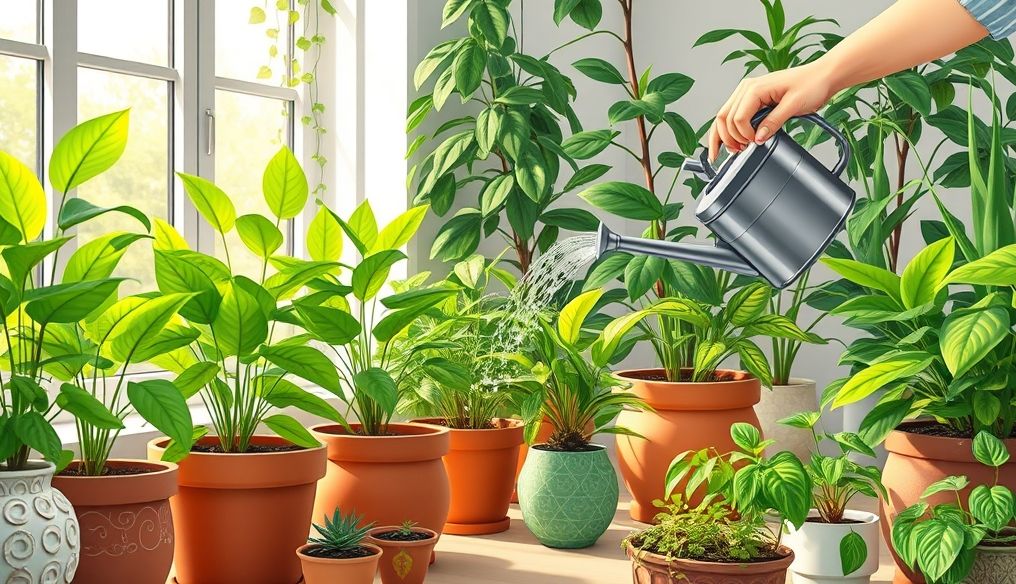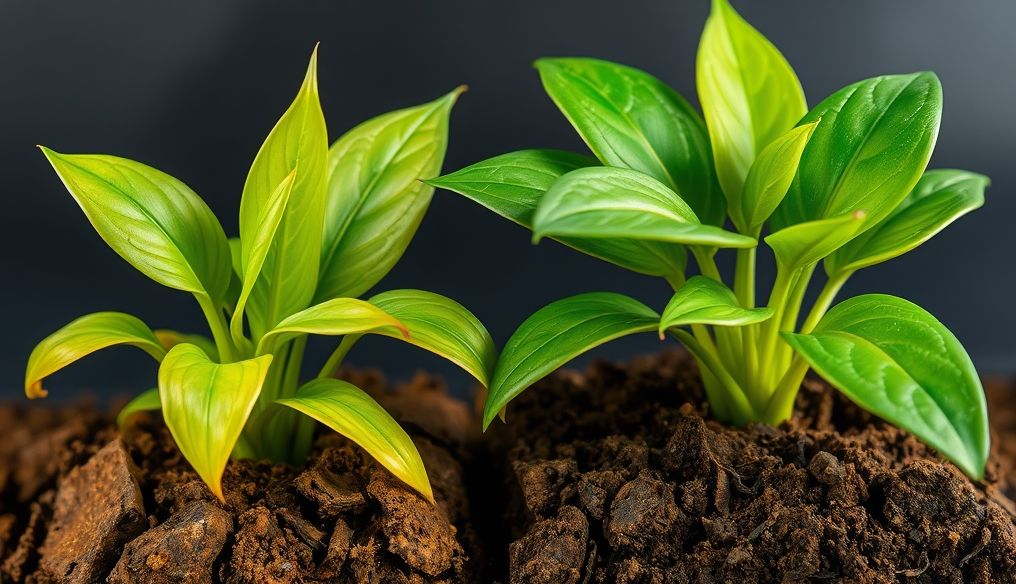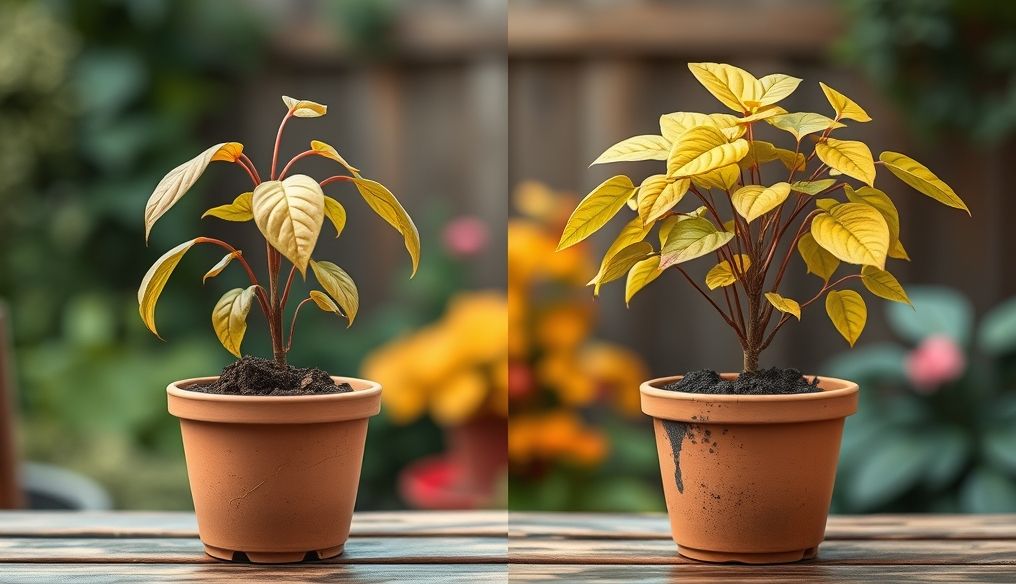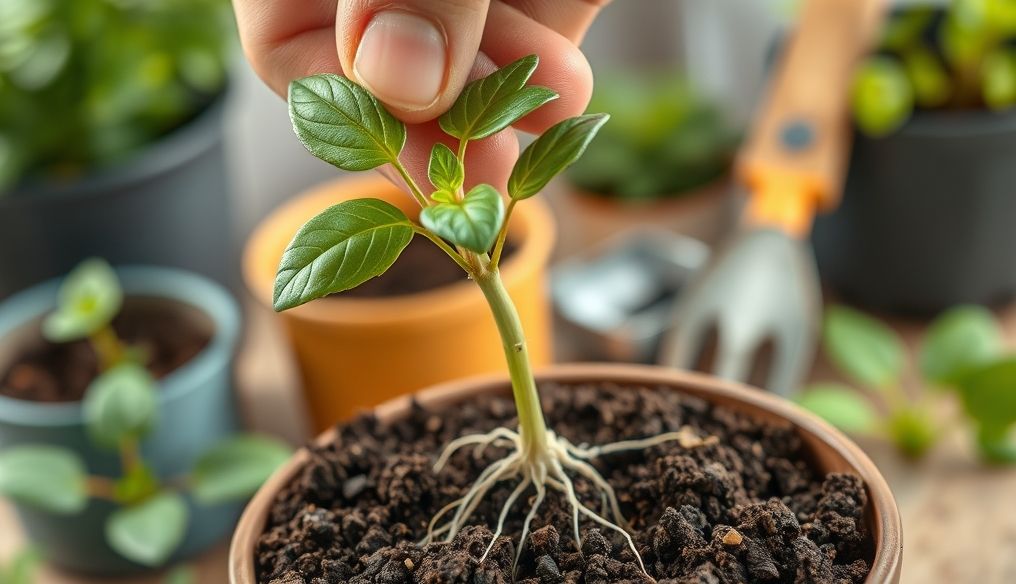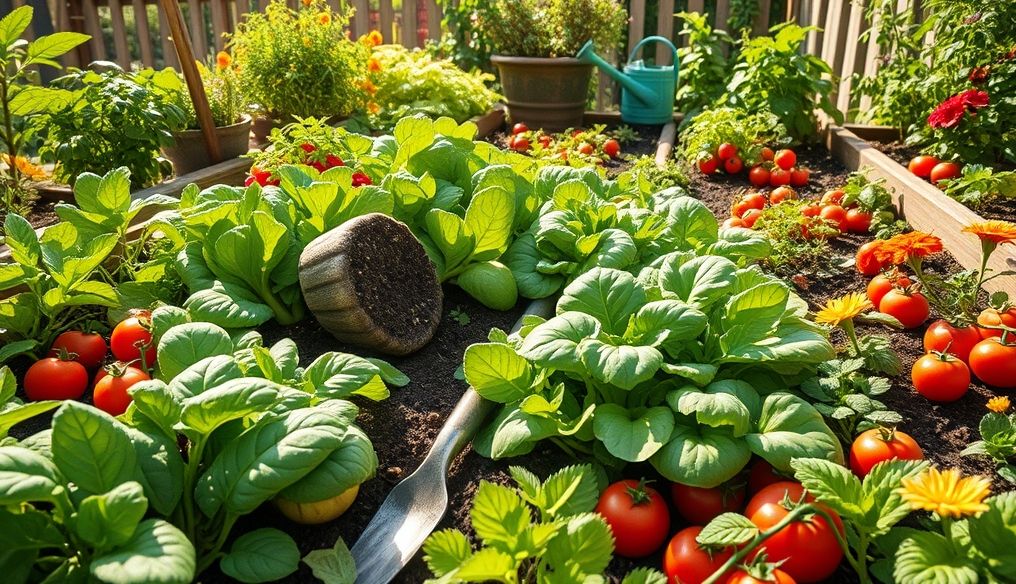Introduction: The Basics of Plant Care - Water and Sunlight
Water and sunlight are the foundation of life for all plants. Just as humans need food and water to survive, plants rely on water to transport nutrients from the roots to the leaves, and sunlight for photosynthesis, the process that converts light into energy. However, the amount of water and sunlight plants need varies greatly depending on the plant type, growth stage, and environmental conditions.
Chapter 1: Understanding Plant Water Needs
Types of Plant Water Requirements
Not all plants are the same when it comes to water. Some prefer consistently moist soil, while others thrive in drier conditions. Understanding these differences is crucial.
- Moisture-loving Plants: Such as ferns and lilies, require consistently moist soil.
- Moderate Plants: Like most common houseplants, need watering when the soil starts to dry out.
- Drought-tolerant Plants: Such as cacti and succulents, can withstand long periods of drought.
Signs of Underwatering and Overwatering
It is important to know how to recognize the signs of both underwatering and overwatering. Too much or too little water can lead to serious problems.
- Signs of Underwatering: Wilting leaves, dry and hardened soil, slowed growth.
- Signs of Overwatering: Yellowing leaves, root rot, fungal growth.
Proper Watering Techniques
There are several methods of watering, each with its own advantages and disadvantages:
- Manual Watering: The most common method, but requires careful monitoring.
- Drip Irrigation: An efficient method for delivering water directly to the roots.
- Self-Watering: Uses water storage systems to provide water to plants over a period of time.
Chapter 2: The Role of Sunlight in Plant Growth
Types of Light and Their Impact on Plants
Plants need light for photosynthesis, but not all types of light are equal. Natural light is best, but artificial light can be used indoors.
- Natural Light: Provides the full spectrum of light necessary for plant growth.
- Artificial Light: Can be used to supplement or completely replace natural light.
Different Light Requirements for Plants
Plants vary in their light needs:
- Sun-loving Plants: Need at least 6 hours of direct sunlight per day.
- Partial Shade Plants: Need 3-6 hours of direct sunlight or bright indirect light.
- Shade-loving Plants: Need less than 3 hours of direct sunlight or low indirect light.
Signs of Insufficient and Excessive Light Exposure
Too little or too much light can lead to problems in plants:
- Signs of Insufficient Light: Weak growth, pale leaves, long and thin stems.
- Signs of Excessive Light: Sunburn on leaves, wilting leaves, discoloration of leaves.
Chapter 3: Factors Affecting Plant Water and Sunlight Needs
Plant Type
As mentioned earlier, the need varies by type. Desert plants differ from tropical plants.
Growth Stage
Young plants need different amounts of water and light compared to adult plants.
Environmental Conditions
Temperature, humidity, and wind affect plant water and light needs.
Chapter 4: Determining the Needs of Your Specific Plants
Researching Specific Information
The best way to determine the needs of your plants is to research specific information about each type.
Monitoring Plants
Monitor your plants closely for signs of too little or too much water or light.
Trial and Error
Don't be afraid to experiment to find the perfect balance for your plants.
Chapter 5: Practical Tips for Ensuring Plant Health
Using Well-Draining Soil
Well-draining soil helps prevent root rot.
Watering at the Right Time
It is best to water in the early morning to avoid rapid water evaporation.
Providing Appropriate Light Conditions
Place plants in locations that match their light needs.
Using Fertilizers
Fertilizers can help provide the nutrients that plants need.
Chapter 6: Troubleshooting Common Water and Sunlight Issues
Addressing Underwatering
Gradually increase the amount of watering and monitor the plants closely.
Addressing Overwatering
Let the soil dry out before watering again and ensure good drainage.
Addressing Insufficient Light
Move plants to a brighter location or use artificial light.
Addressing Excessive Light
Move plants to a more shaded location or use curtains to soften the light.
Chapter 7: Advanced Tools and Techniques for Monitoring Plant Needs
Soil Moisture Sensors
Help monitor soil moisture levels accurately.
Light Meters
Help measure the amount of light that plants receive.
Smartphone Apps
Provide information and tips on plant care.
Chapter 8: Conclusion - Plant Care is an Art and a Science
Plant care is a combination of art and science. By understanding your plants' needs for water and sunlight, you can help them grow and thrive.
Important Note: This article provides general guidance. Please refer to specialized sources for specific information about the types of plants you are interested in.
